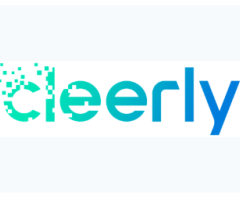
March 1, 2010 - To meet the growing clinical demand to lower radiation dose during cardiac computed tomography (CT) scans, while still maintaining the same image quality, has caused imaging equipment manufacturers to look to information technology (IT) for solutions.
Some of the biggest gain in lowering the dose is in the programming, which can reduce interval window time, predict accurate scanning times, and determine contrast uptake time to optimize exposure times.
To this end, a new cardiac software is designed to lower radiation dose exposure for Toshiba America Medical Systems' Aquilion ONE and Aquilion Premium CT systems. The new software features for CT systems include:
- ONE Beat Prospective Reconstruction, which is designed to shorten the interval window and reduce radiation exposure time. This enhancement alone reduces radiation dose by 21 percent over the previous software, as the more efficient imaging lowers the radiation exposure to the patient.
- Real Time Beat Control calculates the running real time average of the heart rate to precisely predict the next heart beat for a more accurately timed scan. Important for patients with arrhythmia or unstable heart rates, Real Time Beat Control ensures better accuracy and improves image quality while reducing repetitive exams.
- SUREStart can determine contrast uptake time for a more accurate image. The upgraded SUREStart makes the transition from bolus chase to cardiac scanning virtually seamless. This feature creates better contrast timing, improves image quality and lowers contrast dose.
For more information: www.medical.toshiba.com


 January 07, 2026
January 07, 2026 









